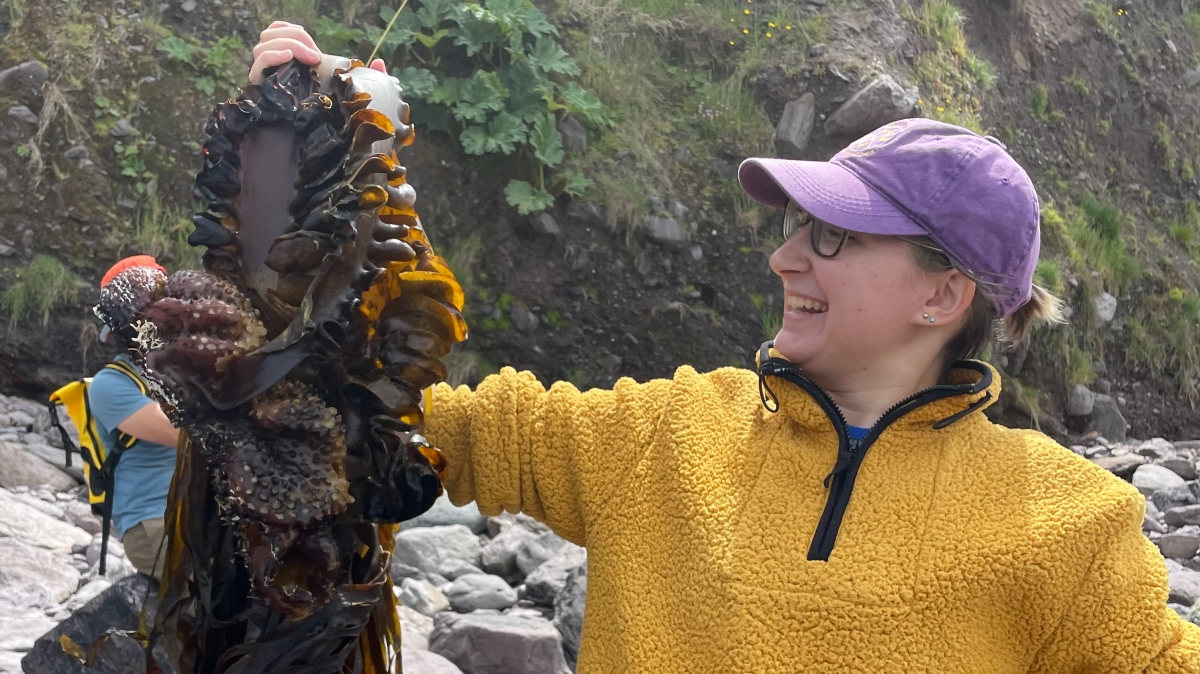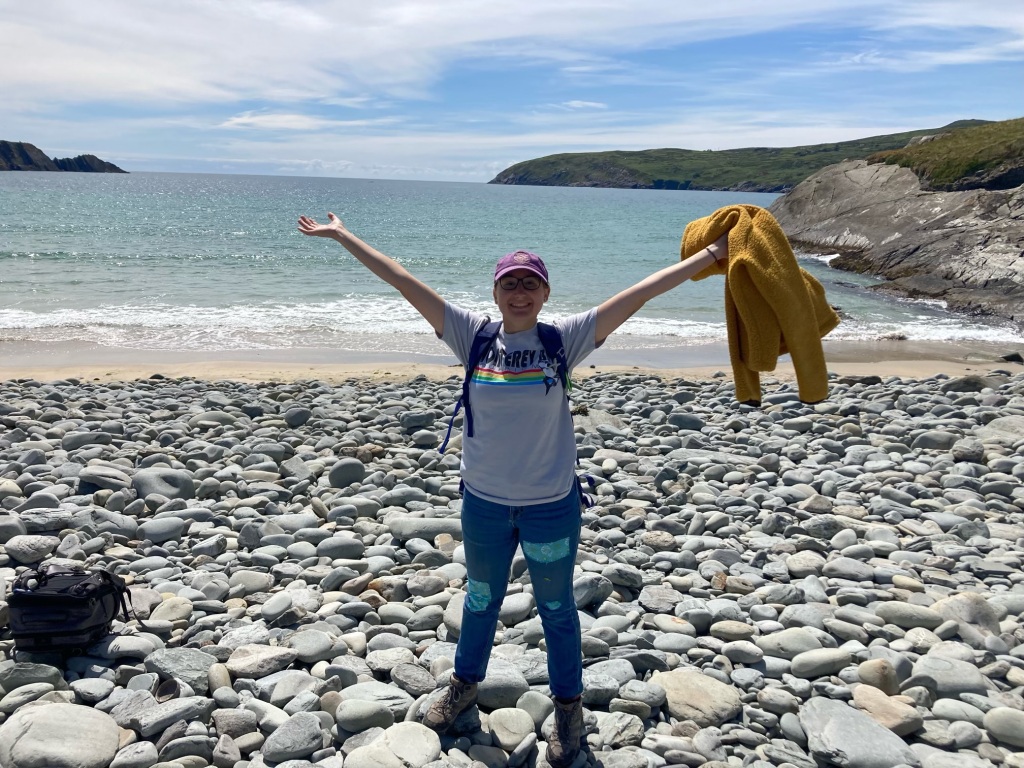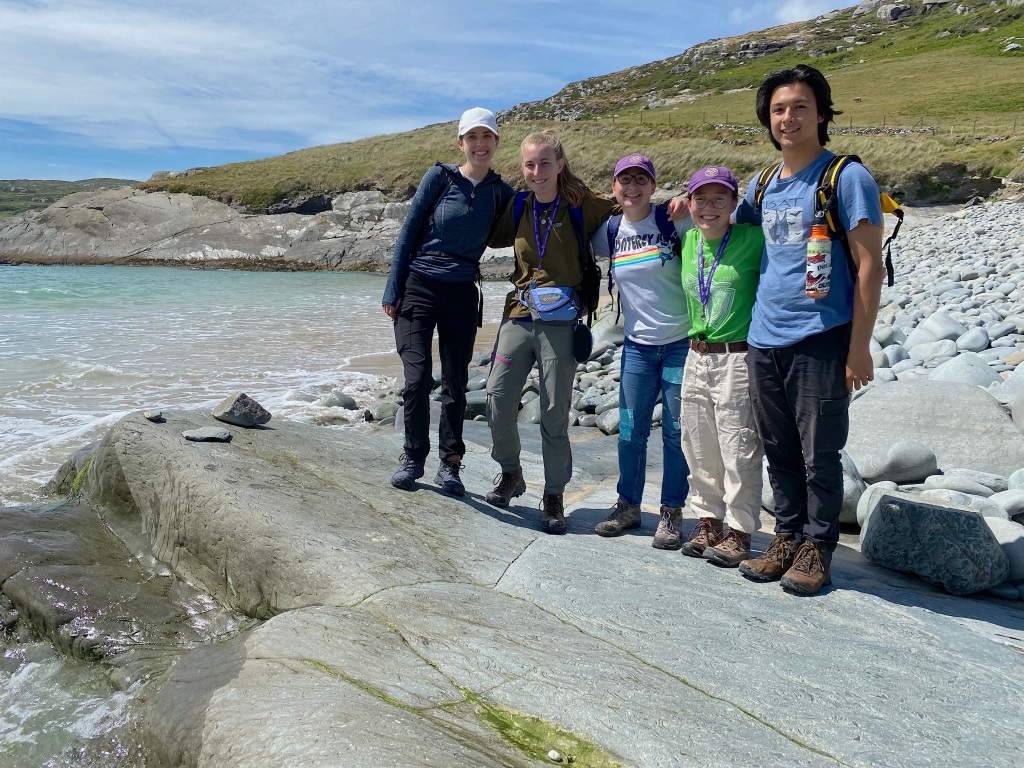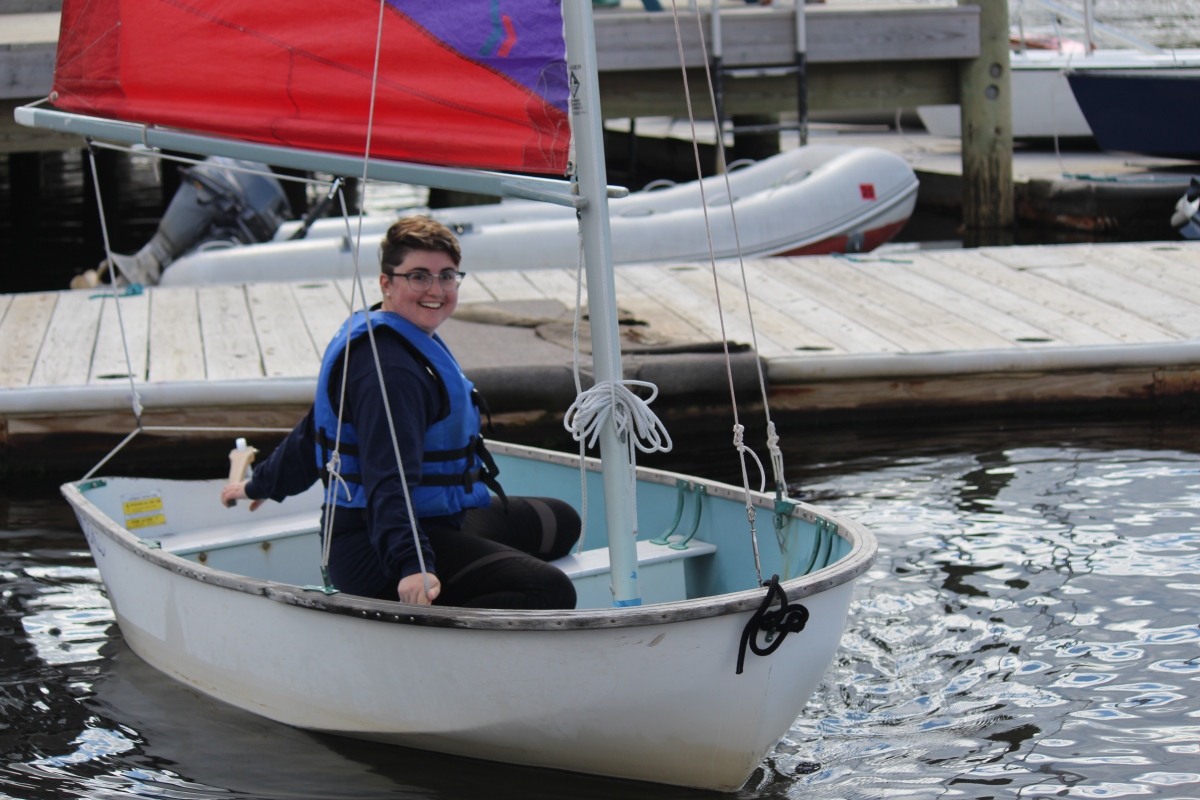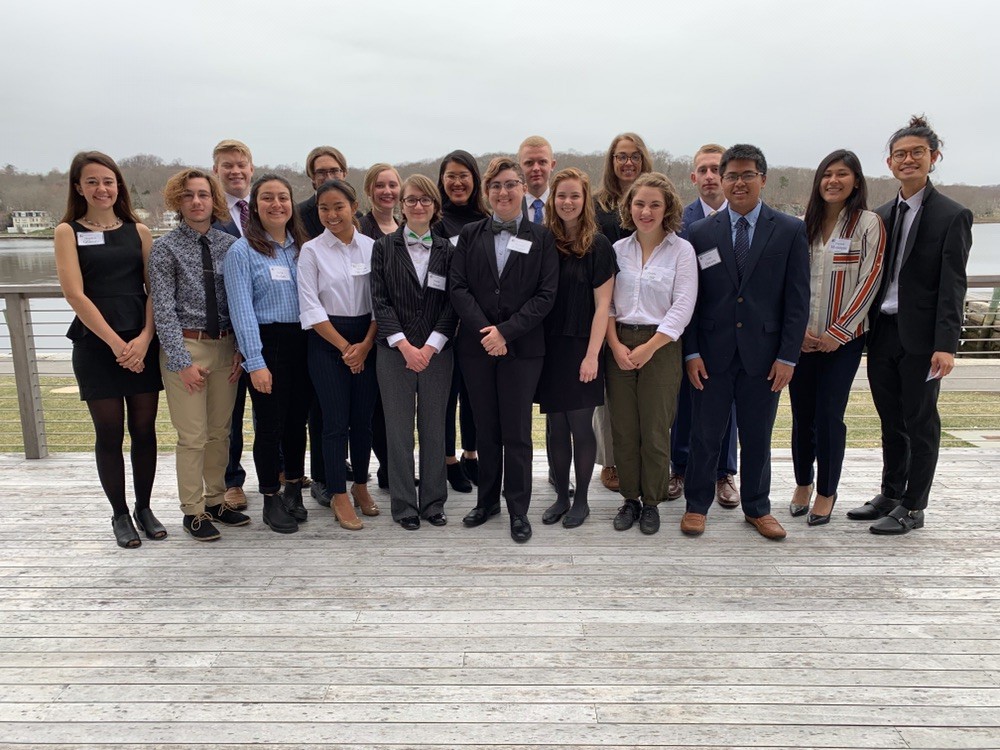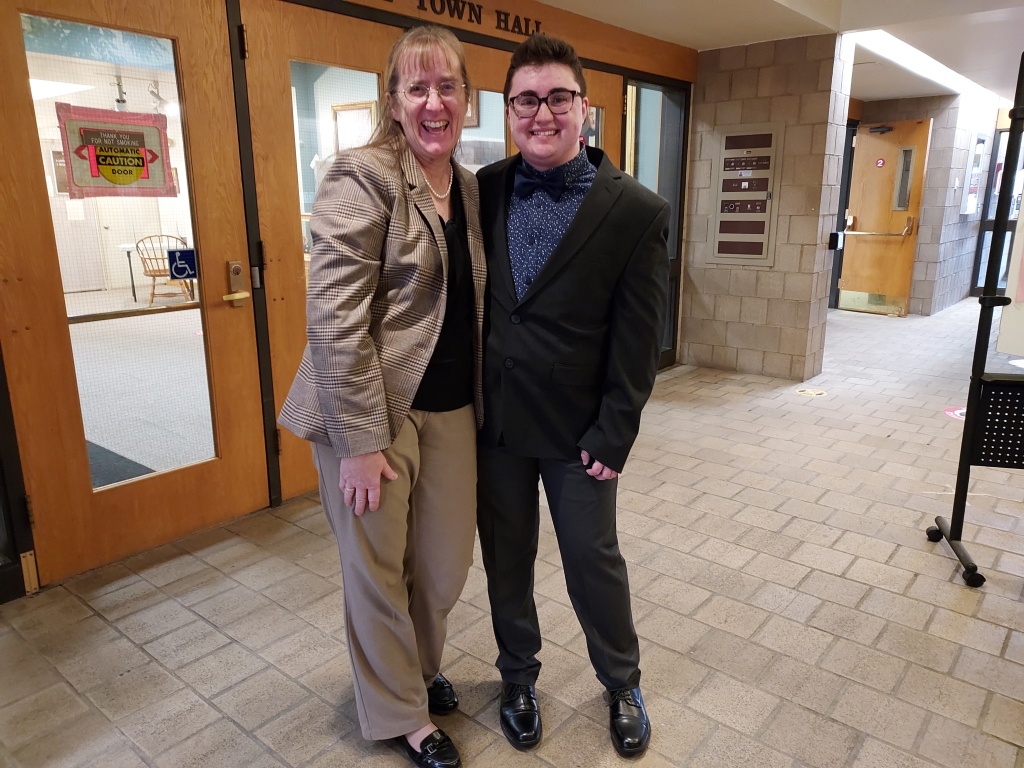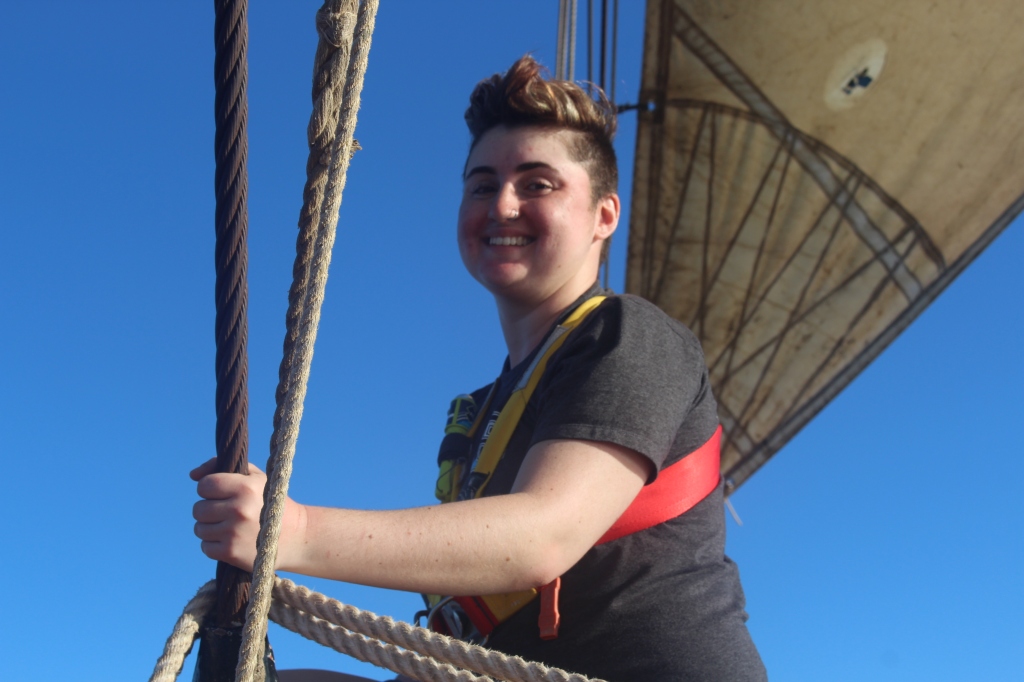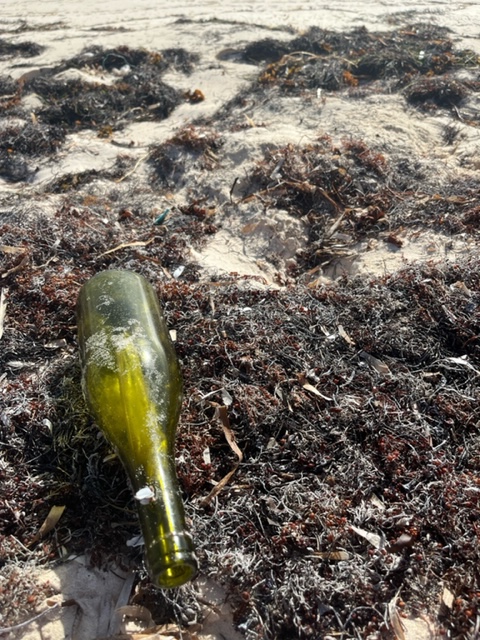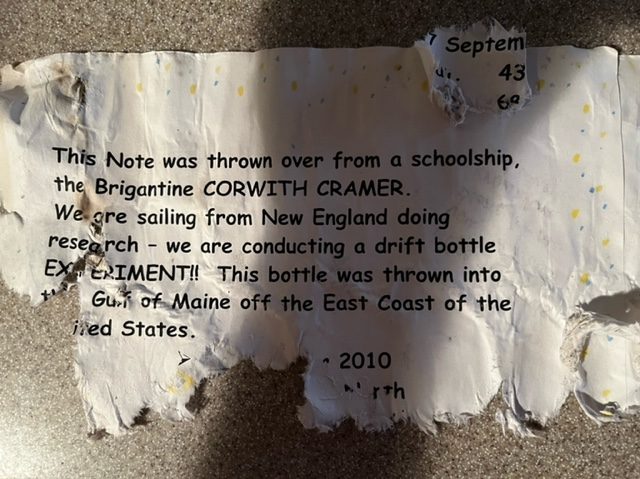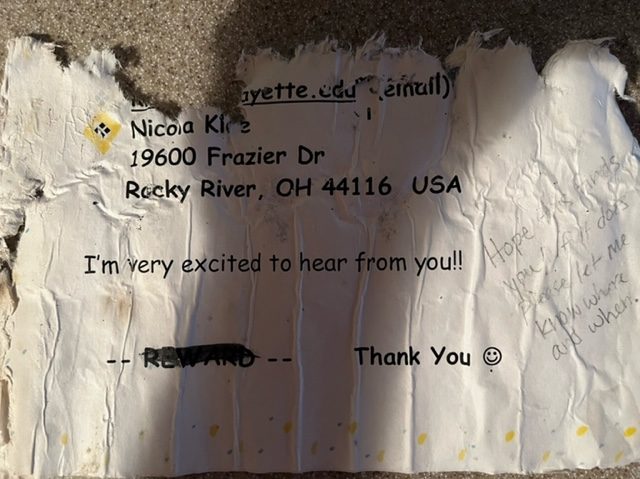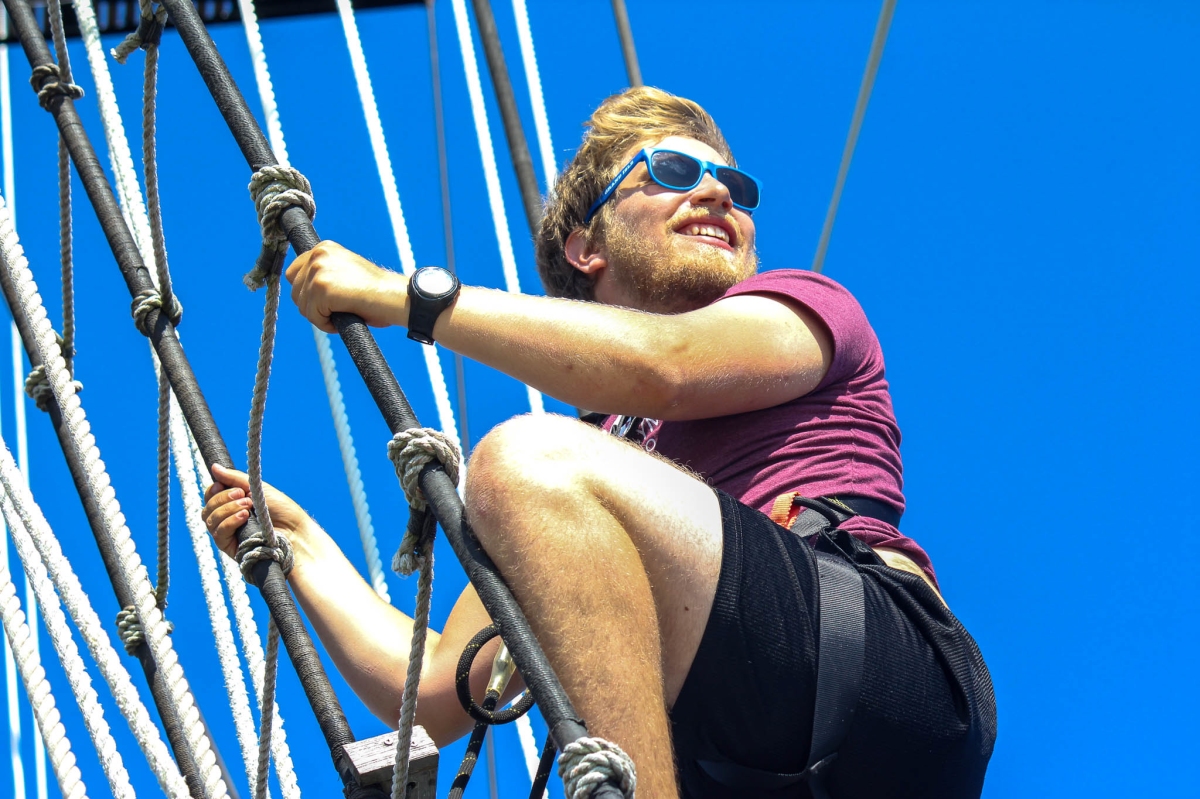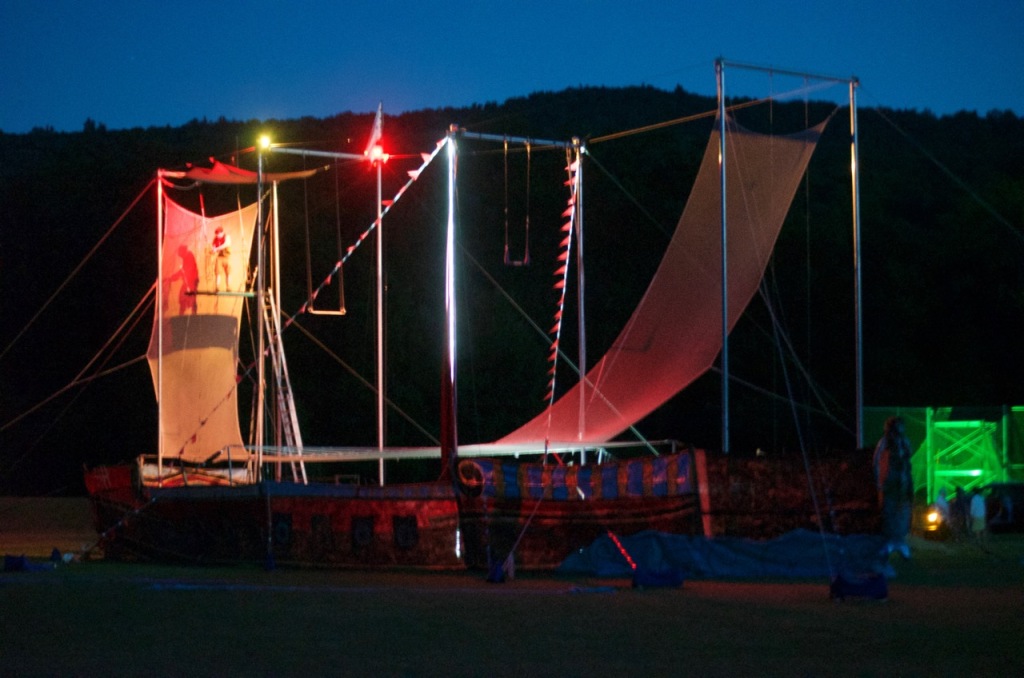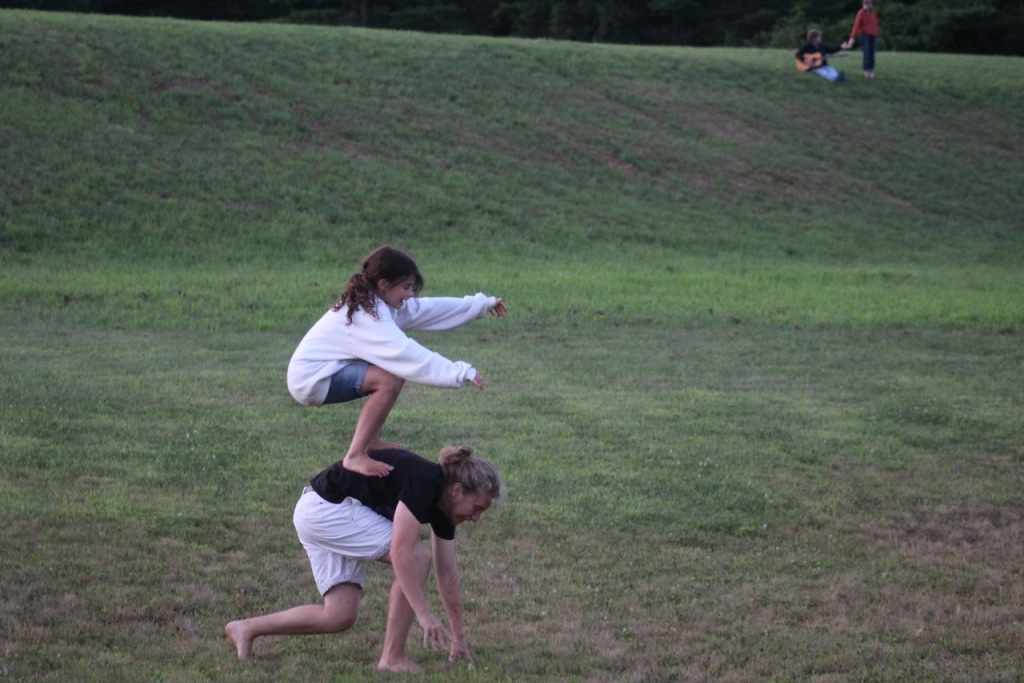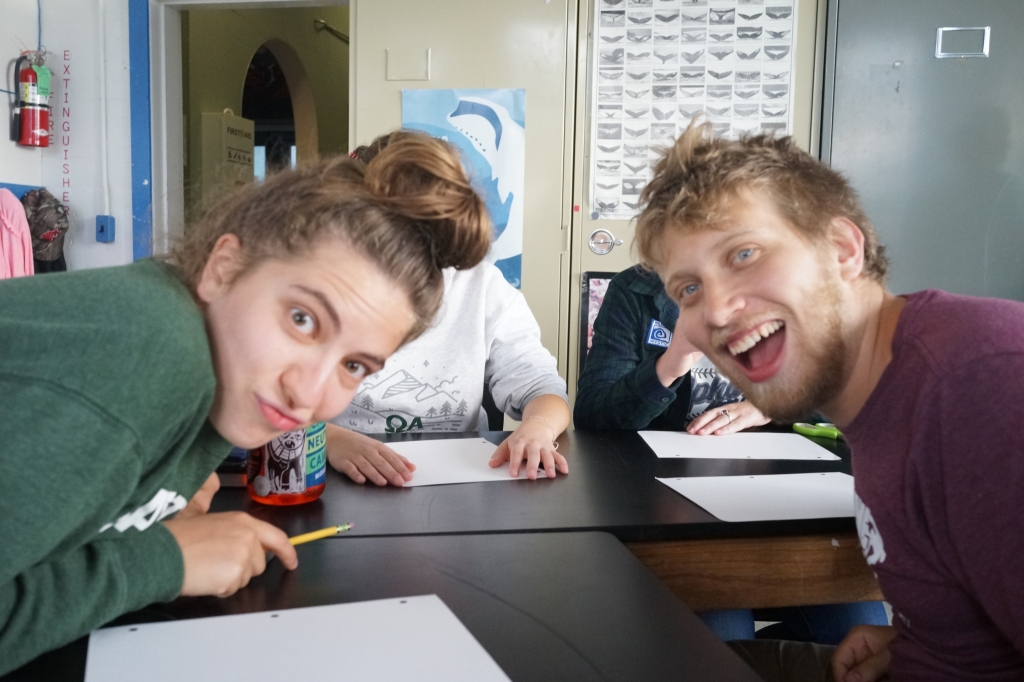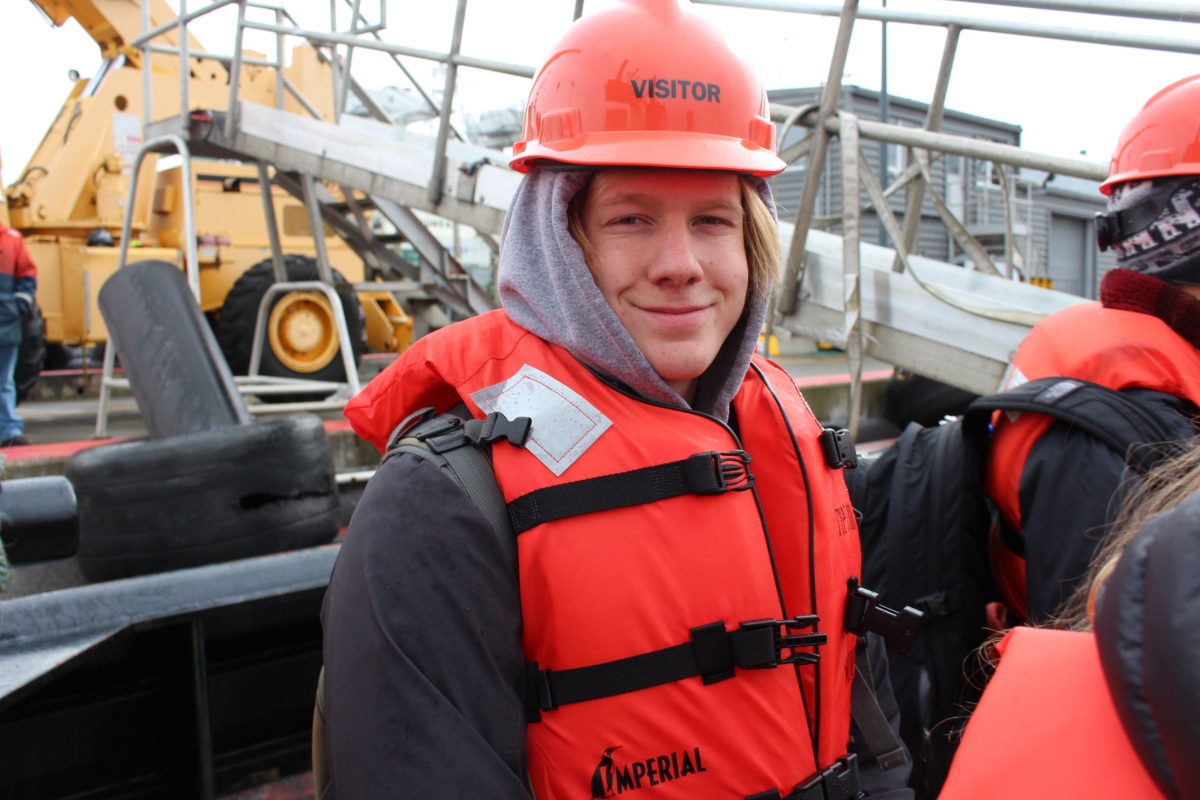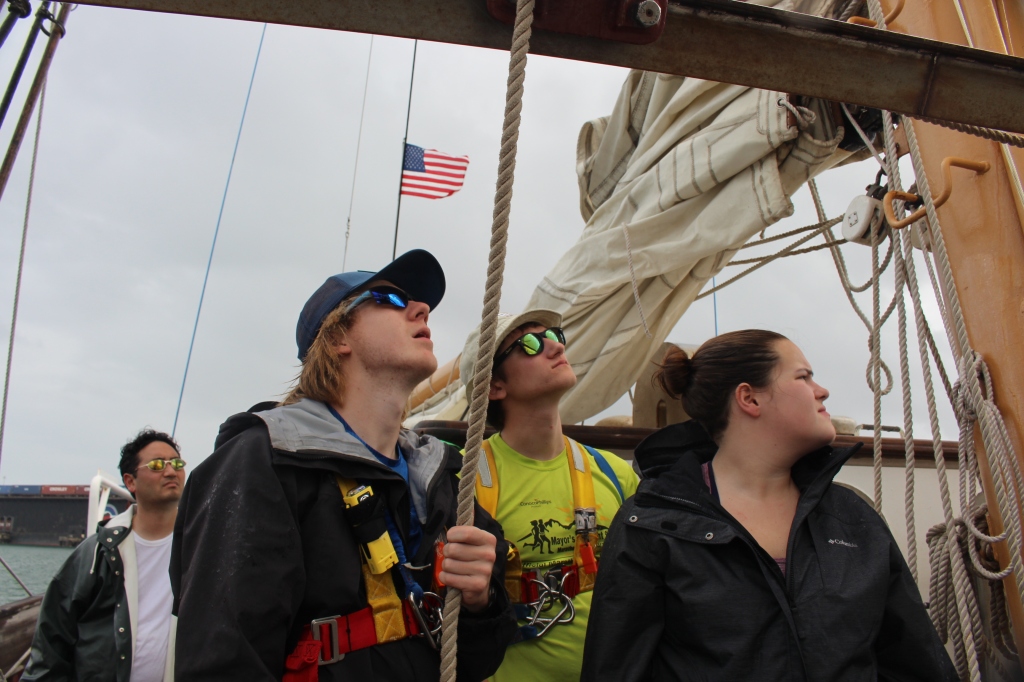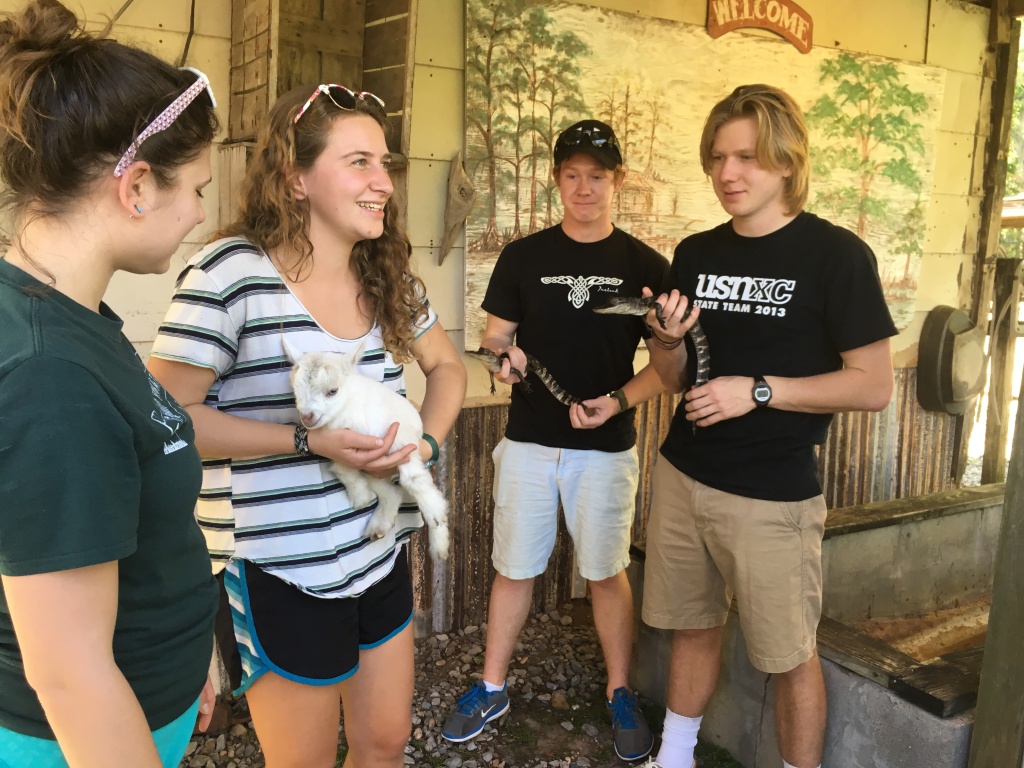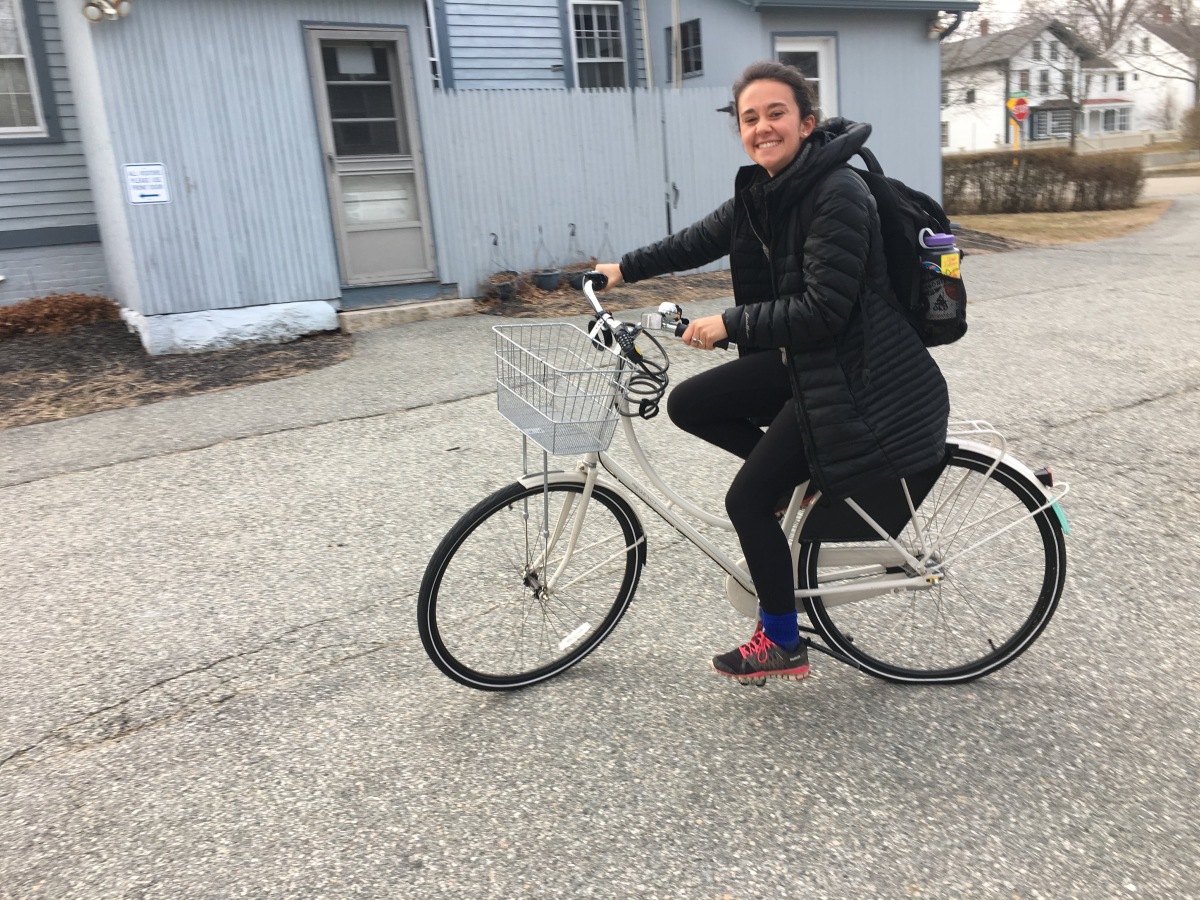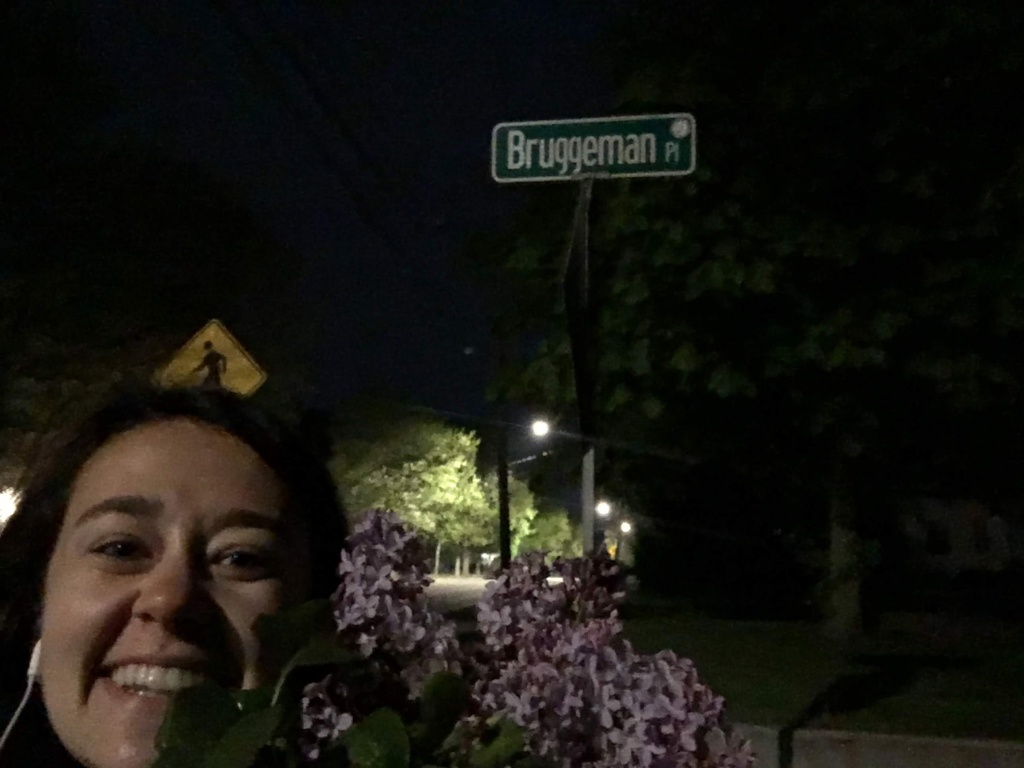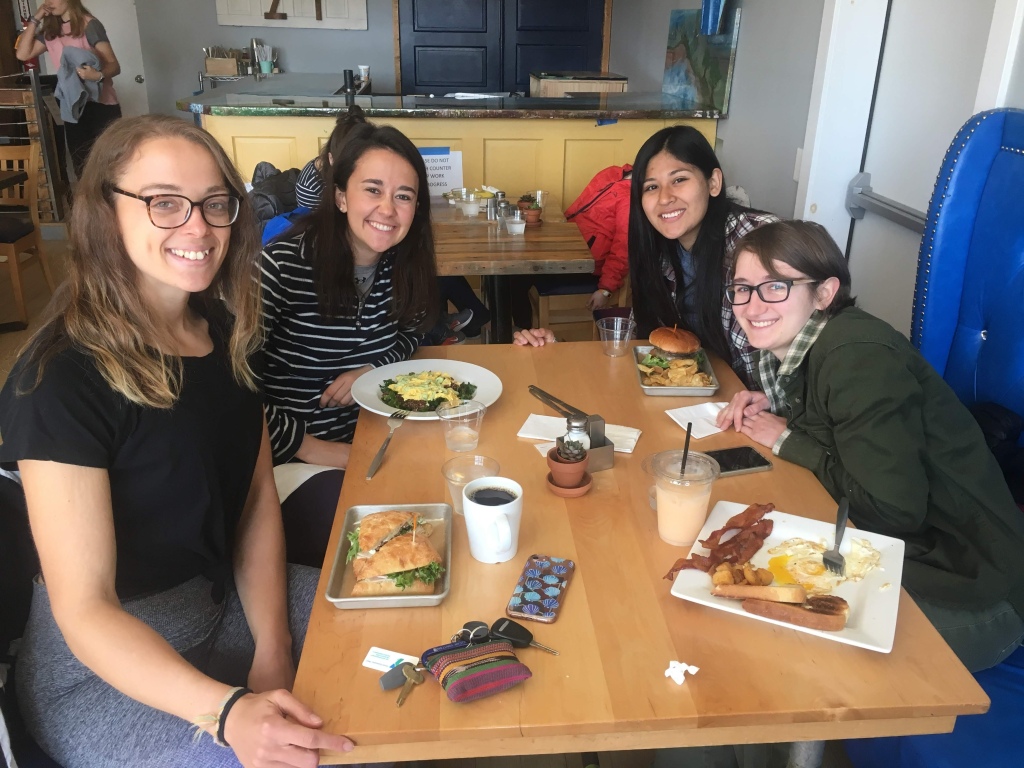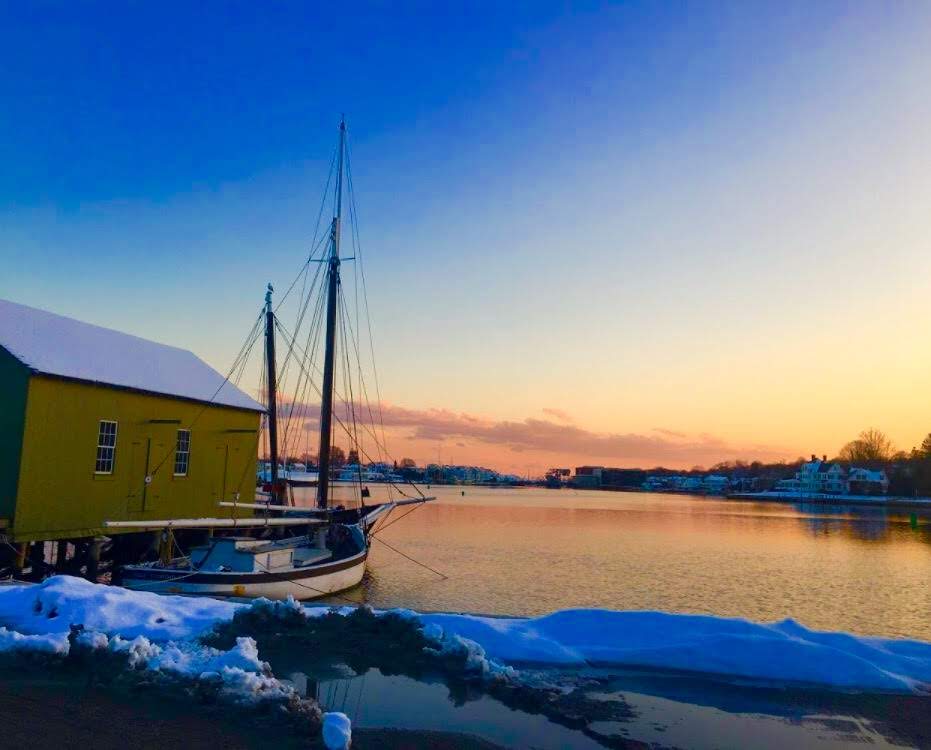By Deion Hammond (F’22)
For our final field seminar of the semester, we left for the land of lazy lagoons, bountiful bayous, and plentiful pelicans that they call Louisiana. To make our Monday 6 a.m. flight to New Orleans, however, we had to depart Mystic at 3 a.m. Thus it was not without a great deal of willpower and some choice words that would make a sailor blush that at 2 a.m. I pulled myself from the warm embrace of my bed and prepared my Williams-Mystic™ duffel bag. Leaving the house and joining the rest of my bleary-eyed, coffee-powered companions, we boarded the bus to the Hartford Airport.
We landed in New Orleans around midday and not wasting a moment, split up into our rental vans and headed southwest for Houma. We stopped along the way at our first of many levees along the Mississippi River. For decades, the levees were the pride of the US Army Corps of Engineers, shackling and controlling the river and preventing the regular flooding that had once characterized Louisiana. Unfortunately, that same flooding was the main mode of laying sediment and building back land in the state, and with these levees, all of that sediment was being washed out into the Gulf of Mexico. These paradoxical levees, along with rising sea levels, were the primary engines behind the coastal land loss we observed at all points along southern Louisiana.
Our first guided experience was at the Whitney Plantation, one of the few preserved plantations focusing solely on the experience of the enslaved people there. We learned how everything we saw, from the opulent house of the master to the rows and rows of sugarcane, were the product of backbreaking, inhumane labor. The names of the slaves and the interviews of former slaves, etched in stone around the plantation, told a history too terrible to be believed, but such is the truth of America’s history. We reflected on the day over dinner before turning in early for the night.
Tuesday began with festivities for one of our classmates, and we celebrated their twenty-second birthday with all the pomp and circumstance one could find in a hotel lobby. Our celebration completed, we boarded the vans and set off for the swamps. Zam’s Swamp Tour was about as close as any of us could ever hope to get to live alligators, giant snapping turtles, and even more giant boa constrictors. Safe in our pontoon boats with cypresses and mangroves hanging over us, we motored through the narrow, murky waterways as our guide, ZZ Loupe, told us about the history of alligator hunting and local foodways. It was a spectacular tour that left us with more swamp smarts than the average bear—which was one of the few animals we didn’t see while we were there.
We returned to the vans for a shorter drive to the La Butte Mound, a cemetery and place of great significance to the Caillou/Dulac Band of Biloxi-Chitimacha-Choctaw. It was hard to imagine that the mound, with its edges only a few feet from the rapidly encroaching waterline, had once been thought to be unassailable by flooding. Within a few decades, it seemed La Butte would only be visible at low tide. Continuing southwards, we arrived at the Louisiana Universities Marine Consortium, or LUMCON, our gracious hosts for the remainder of our time in Louisiana. (Most gracious of all was Chef Michael Lloyd who returned to LUMCON just to cook for some of our meals, outdoing himself with every dinner and providing us with the food that powered us through our often packed schedules!) That night, we listened to local shrimper, alligator hunter, and LUMCON vessel operator Carl Sevin about life this far south and creative circumventions of the law. Some of us immediately retired to bed while the rest tried their luck at fishing to cap off the night.
Wednesday was once again punctuated by festivity, as yet another one of our classmates celebrated their twenty-third birthday. Before it could be properly celebrated, however, we first had to trek out into the marsh near LUMCON. In clouded waters that were just shallow enough to stand in, we paddled into the surrounding spartina. While kayaking was no problem, disembarking onto the muddy shores that swallowed some of us down to our waists like quicksand proved a more difficult venture. With some help (and, for one of us, a great deal of cursing,) we successfully clambered onto land, stood in the tall spartina, and took cores of the marsh down to sediment that was likely 6,000 years old. After showering off the inches of mud that coated everything we wore, we prepared our most flexible attire and shiniest shoes for a night of authentic cajun dancing at the Jolly Inn. There, we had a shindig fit for a king with enough spinning, two-steps, and waltzes to make the hours we spent there pass by in a whirl. When the band played “Happy Birthday” for our classmate, we were surprised to find that our classmate had a birthday twin! With such serendipity secured, we returned—elated but extremely exhausted—to LUMCON.
On Thursday, we drove over elevated highways of rebar-reinforced concrete to Port Fourchon. The primary nexus of oil and gas pumped out of the Gulf of Mexico, it was here that almost all of the offshore rigs we’d seen at all points along our Louisiana journey depended on for transport to the greater United States. Guided by Thad Angelloz, we learned about the economic importance of the port to the state and the measures taken to ready the port for the oncoming effects of climate change. We then traveled to Grand Isle, a barrier island on the frontlines of climate change. There, we met Chris Hernandez, who for decades fought to safeguard the island against some of the worst hurricanes this country has seen. The industry of Port Fourchon seemed to pale in comparison to the years of tireless work he put in for nothing more than love for his home. After lunch in his home and a few hours at the beach, we returned to LUMCON for our final night in Louisiana.
We awoke early Friday morning for the long drive back to New Orleans. When we arrived, we were allowed to explore the French Quarter of the city for two hours. My friends and I spent those hours sampling traditional confectioneries, hot sauce shops, Harley Davidson stores, and Cafe DuMonde beignets. As we were waiting in line for Cafe DuMonde, a line band was performing “Down in New Orleans,” to which I had to bust out a few moves from the Jolly Inn. Returning from our escapades, we boarded the City of New Orleans riverboat for a riverside tour of the city and its parishes. After a lunch of red beans and rice with the sights of the Big Easy drifting by our windows, we disembarked the ship, embarked on the vans, boarded the planes back to Baltimore and Hartford, and finally bussed back to Mystic.
Battle-hardened by our trials and tribulations throughout the semester, our 17-strong cohort was now as thick as thieves. The many hours we spent in the vans whisked by me as I sang, joked, and learned alongside the rest of my friends. Even as we were up and about from dawn to dusk, the entire field seminar seemed to breeze by. If I learned anything from my time in Louisiana, it was the overwhelming power of joy. Even in the face of a bevy of natural and unnatural disasters, most everyone we talked to spoke about the happiness they found in their work, community, and family. In our strange bunch of college kids from all walks of life, I think we found our own happiness-finding family.














